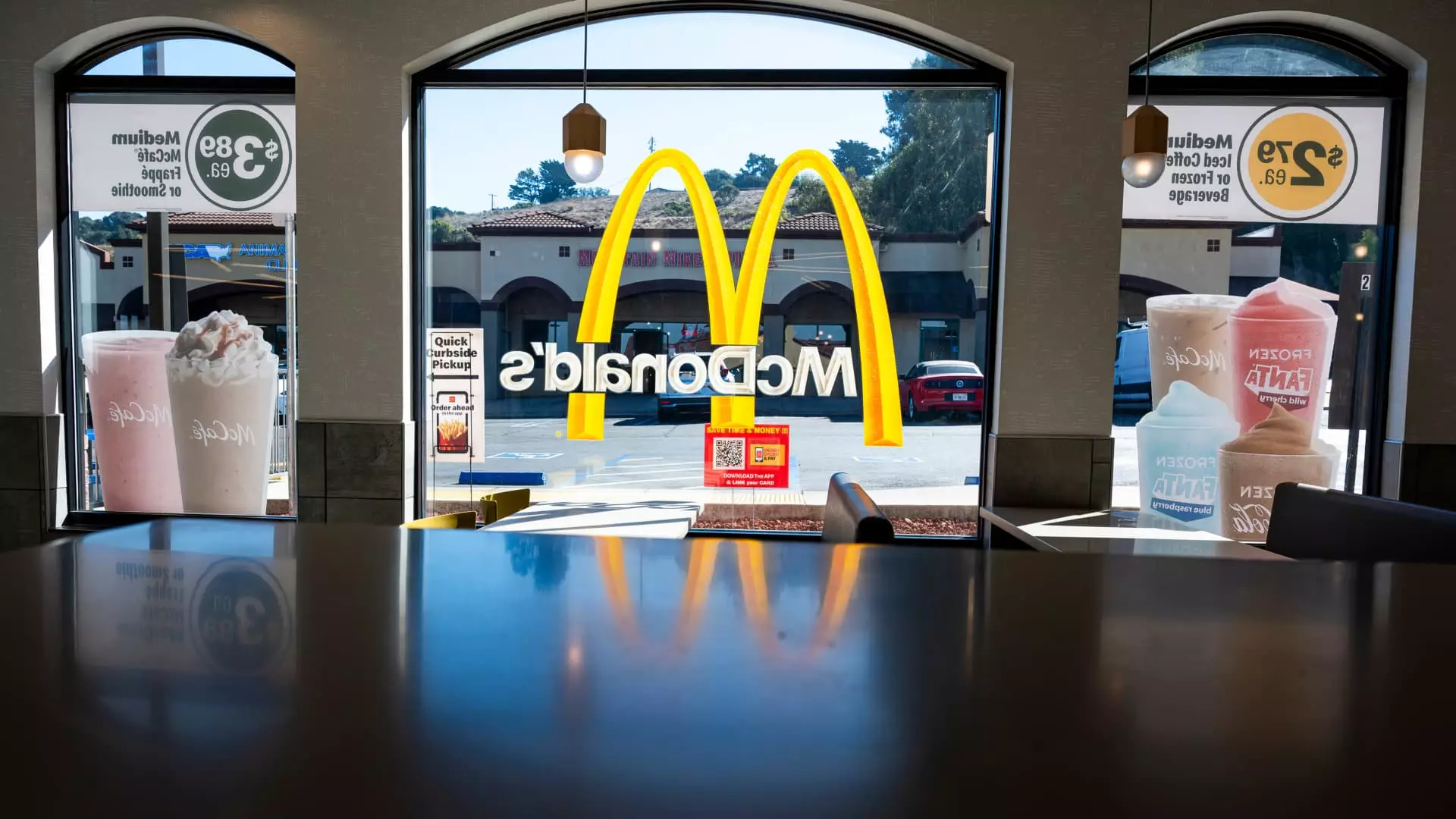The restaurant industry has faced an uncertain beginning in 2025, marked by extreme weather events and shifting consumer behaviors. Despite these setbacks, industry leaders maintain a cautiously optimistic outlook, hoping for significant improvements as the year unfolds. This article delves into the current state of the restaurant sector, examining recent trends, challenges, and predictions for the future.
The opening months of the year often present unique hurdles for restaurants, particularly influenced by cold weather and seasonal changes in consumer behavior. In January, freezing temperatures, alongside catastrophic wildfires in areas like Los Angeles, hindered both foot traffic and overall sales for many establishments. For instance, fast-food chains like Burger King and Popeyes saw a recovery late last year, benefiting from value offerings that coaxed consumers away from home cooking. However, this positive momentum appears to have waned at the onset of 2025, as consumers are increasingly hesitant amid ongoing economic uncertainties.
Fast-food restaurant traffic notably declined during the first month of the year. Despite reporting a modest 3.4% increase in sales compared to the previous year, this growth fell short when contrasted with the 4.9% spike observed in December. Wendy’s CFO, Kenneth Cook, emphasized that their company faced “overall industry traffic headwinds,” opening the door to broader concerns within the industry about how economic conditions and consumer perceptions could stifle growth.
Similarly, executives from various chains, such as Subway, voiced concerns about persistent consumer wariness. With inflation continuing to hover above expectations, individuals are more cautious about where they spend their dining dollars. Doug Fry, Subway’s U.S. President, elaborated on this sentiment, noting that consumers are focused on maximizing value without compromising quality or portion size. This highlights a critical shift in consumer mentality that restaurants need to recognize to adapt their marketing and service strategies effectively.
Despite a shaky start to 2025, many industry experts anticipate an uptick in restaurant traffic and sales as the year progresses. Comparisons to last year’s slower performance may work in favor of the industry, particularly in months that typically witness higher patronage. Restaurant Brands CFO Sami Siddiqui optimistically suggested that comparisons would ease into the summer, allowing restaurants to leverage seasonal spikes.
However, concerns linger regarding how external factors like wildfires and economic changes, including potential tariffs resulting from the new presidential administration, could thwart recovery efforts. Chipotle, for example, noted that issues arising from the wildfires contributed significantly to a 2% decline in their traffic, while also predicting only flat same-store sales for the first quarter.
Economic factors have broader repercussions, impacting pricing strategies across the board. The surge in consumer prices exacerbated by inflation has introduced a sense of trepidation among diners. The Department of Labor’s reports show a substantial rise in food prices away from home, reinforcing the narrative that consumers are becoming more selective about their spending.
Given the complexities of the current environment, some chains are reevaluating their long-term strategies. For example, McDonald’s executives acknowledged a slow recovery from earlier issues that had affected their sales figures, including a chastening E. coli outbreak linked to their Quarter Pounder burgers in 2024. Nevertheless, the company remains poised for recovery, with optimism stemming from the belief that a strengthening economy could have disproportionate benefits for lower-income consumers.
Meanwhile, Starbucks faces a more significant uphill battle, having experienced declining same-store sales for the past four consecutive quarters. The company has temporarily suspended forecasts for fiscal 2025, indicating a need for a comprehensive revitalization plan to recapture customer interest. Starbucks CFO Rachel Ruggeri indicated that although short-term performance is expected to wane, they are gearing up for improved earnings in the latter half of the fiscal year.
The contrasting trajectories of various chains underscore the necessity for adaptability within the highly competitive restaurant landscape. As consumer preferences continue to evolve amidst external pressures, chains must focus on delivering value, quality, and innovation to foster loyalty and drive sales.
As 2025 unfolds, the restaurant industry must navigate a complex array of challenges and transformations. While there are signs of optimism for recovery, the ongoing volatility in the economic landscape and shifting consumer behaviors compels leaders to remain vigilant and responsive. To thrive in the months ahead, restaurants will need to reassess their operations, reinforce customer engagement, and embrace the changing tides of consumer expectations. The resilience of the dining sector hinges on its ability to adapt in a time of uncertainty, ultimately shaping its path forward.

